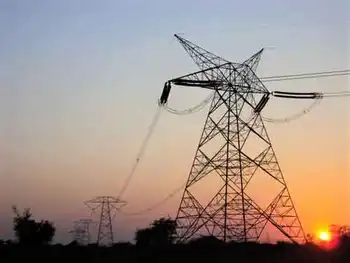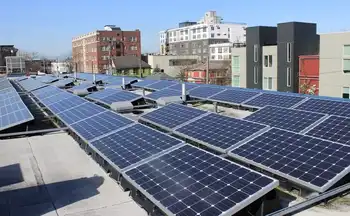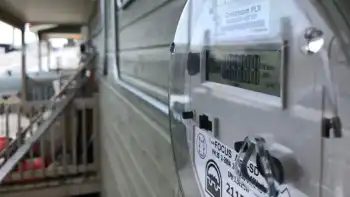BC Hydro shows zero tolerance for pot growers
Vancouver, BC -- - BC Hydro is concerned that too much of its money is going up in pot smoke, and wants its customers to help police sniff out marijuana grow operations.
The provincial utility says it's losing millions of dollars because pot growers steal electricity, often by bypassing the power meters.
Even when huge power bills are racked up and get paid, there's little the power company can do about the grow ops, because privacy laws keep it from tipping off the cops about suspicious power usage.
"Unfortunately there are cases where there are grow operations taking place where hydro is being paid for, but we are unable to provide RCMP with that information," said Elisha Moreno, a spokesperson with the utility.
So BC Hydro customers are getting a pamphlet in their bills, teaching them how to spot a grow house in their neighbourhood, and encouraging them to call the police.
The grow ops are considered a public danger because they use large amounts of electricity, often with large amounts of rewiring done inside.
Police agree with the utility that such cases are accidents waiting to happen. They work closely together when operations are found.
"And that's huge when we get to a grow operation where somebody has bypassed the electrical system and is basically playing with electricity and putting at risk the safety of officers as well as residents," said Vancouver Police Const. Sarah Bloor.
BC Hydro's Moreno says the mail-out campaign costs just pennies per customer, and is worth the effort to stop the losses to pot growers stealing power.
Related News

U.S. residential electricity bills increased 5% in 2022, after adjusting for inflation
WASHINGTON - In nominal terms, the average monthly electricity bill for residential customers in the United States increased 13% from 2021 to 2022, rising from $121 a month to $137 a month. After adjusting for inflation—which reached 8% in 2022, a 40-year high—electricity bills increased 5%. Last year had the largest annual increase in average residential electricity spending since we began calculating it in 1984. The increase was driven by a combination of more extreme temperatures, which increased U.S. consumption of electricity for both heating and cooling, and higher fuel costs for power plants, which drove up retail electricity prices.
Residential…




